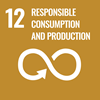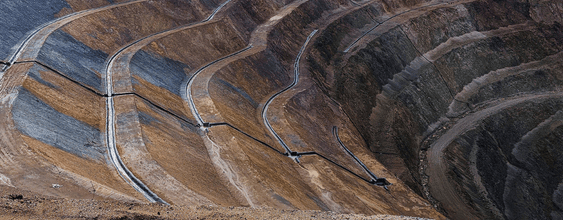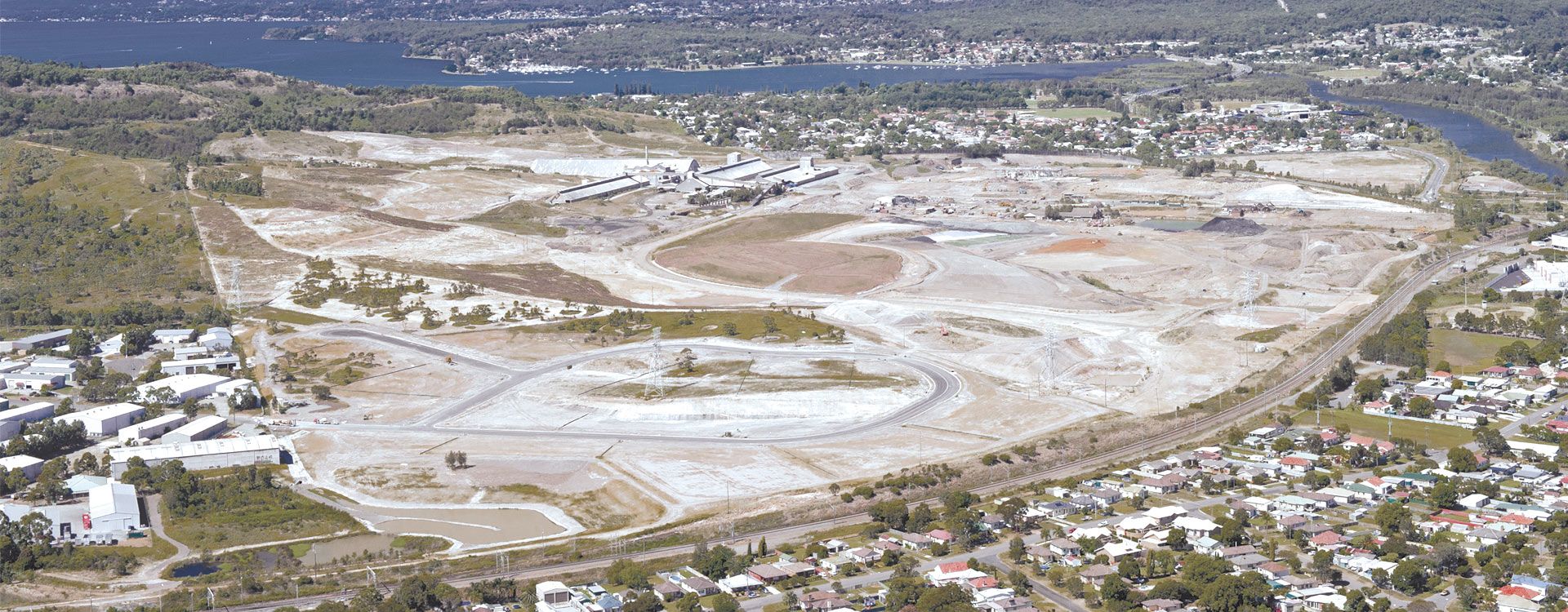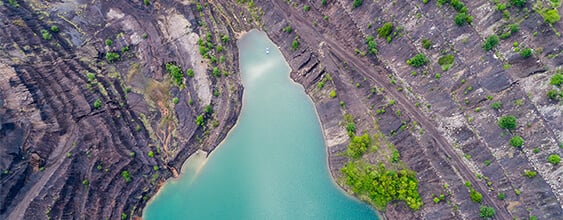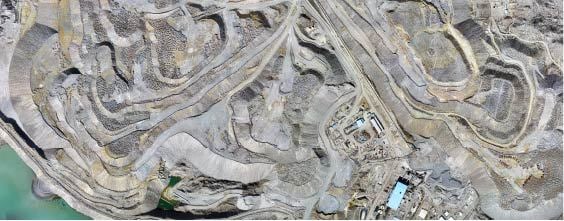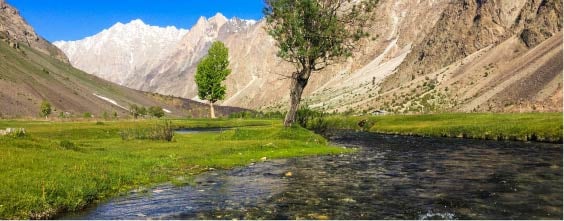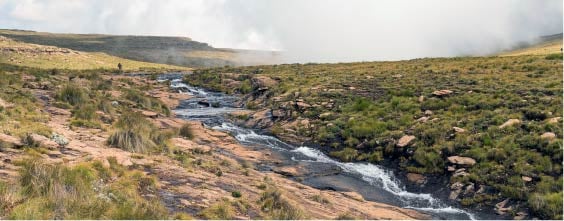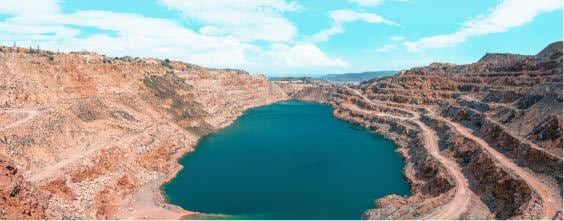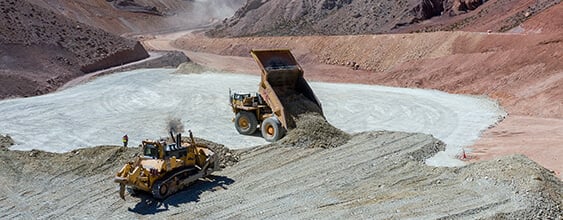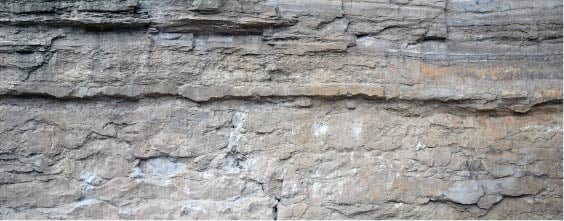The mining sector has acknowledged that climate change may impact operations. While mines often have a life that spans decades, mine infrastructure such as dams and water management infrastructure can have a 50- to 100-year planned lifetime, with closure design that may be needed in perpetuity.
Due to climate change, mines planned today may face a vastly different world several decades from now. For example, many mining operations in Canada, particularly the country’s Far North, have roads, aircraft runways and tailings facilities that are constructed on permafrost, which is permanently frozen soil. If that permafrost degrades in the future, infrastructure will need to be adapted to withstand those changes.
Guidance for mining companies on adapting to climate change
Those are the kinds of questions that the Mining Association of Canada (MAC) asked Golder, now part of WSP, to consider when developing a climate change risk and adaptation best practice guidance document for the mining sector. The guidance document provides the mining industry with a clear direction on how to incorporate climate change considerations, as well as available information sources and documentation requirements.
Our experience in supporting mining companies plan their operations throughout the life of a mine pointed to a need for the guidance document to take a scalable approach, to fit each stage of the mine’s lifecycle – from pre-feasibility to design, operations and closure. The objective is mining infrastructure design that is resilient to future climate; mines that can more easily adapt to changes in climate; a better understanding of climate risk; and overall more sustainable mining operations.
The document provides a risk-and-opportunity assessment and decision-making framework that can be used to understand, prioritize and manage climate risks. It also gives clear direction on how to identify and select adaptation measures that can increase the future climate resiliency of a mine. Additional guidance is provided on understanding predictions of future climate changes in relation to a mine’s specific location, and how the mine’s infrastructure and operations could be impacted by these changes.
The document provides guidance, supported by case studies, on:
- developing and documenting a site-specific historical climate normals (long-term averages of approximately 30 years of data) and trends
- selecting and documenting projections of the changes to the mean and extreme climate events, as well as describing the uncertainties inherent in these projections
- using climate data in a risk assessment process
- identifying potential adaptation measures for a range of mine infrastructure and developing a strategy to reduce identified risks and improve the climate change resiliency through a robust decision-making process that balances timing, cost and potential impacts
- the need to involve Communities of Interest.
The guidance is intended primarily for mining companies, to allow them to incorporate consideration of climate change adaptation into current and closed mines as well as planned future operations. The guidance can also be applied by government agencies with responsibility for the management of orphaned and abandoned mines sites.
MAC’s “Guide on Climate Change Adaptation for the Mining Sector”, as prepared with the support of the Canadian federal government body Natural Resources Canada, can be viewed and downloaded here.

